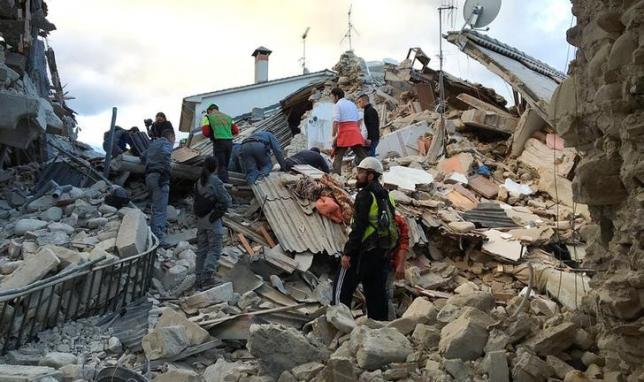
Earthquakes are one of the most devastating natural disasters that our planet faces and the worst part is that it comes with almost zero warning. An earthquake can cause havoc and destroy entire cities within a matter of minutes.
For the millions of people living in the potential, earthquake-prone areas, a warning before a few extra minutes can mean the difference between life and death, therefore it becomes crucial that we can detect the upcoming major earthquakes as soon as possible. A group of researchers, from Stanford University have found out a solution for it – fiber optic networks.
Mostly, earthquake prediction requires building sensitive earthquake detectors, which can measure the smallest of quakes that can give us the signal of an upcoming larger one. As per Stanford News, fiber optic cables can transmit data at nearly the speed of light and they are currently used by telecommunications companies across the globe. However, these networks have also another use - oil and gas companies use them to monitor small quakes caused by drilling machines. These companies essentially utilize a property of the cables called 'backscatter' to track the movement of the cables and record seismic events.
At one end of the cable sits a laser, which shines light into the cable. Some of this light hits impurities in the glass walls of the cable and bounces back, which is known as 'backscatter'. Now, the signal that returns through the cable can change depending on whether the part of the cable that caused the backscatter was still or moving. If the scientists can record those backscatter signals they can create a map of seismic activities across a large area. Usually, these fiber optic detectors are built up at the sides of pipelines and other equipment, so that it can monitor them for damage.
However, to monitor earthquakes using this technique, the Stanford researchers needed unattached cables and this was the main challenge. Most people had believed that it was impossible.
"People didn't believe this would work," said researcher Eileen Martin, a graduate student at Stanford. "They always assumed that an uncoupled optical fiber would generate too much signal noise to be useful."
Making use of a 3-mile fiber loop on the Stanford campus, the researchers accomplished the feat and demonstrated that using optical fibers in this way is absolutely possible. Using their fiber network, the researchers were also able to detect around 800 seismic events, including the recent earthquake in Mexico and two small, local earthquakes measuring at 1.6 and 1.8 magnitude, stated the report.
This finding is crucial because it means that scientists can predict earthquakes using the existing fiber optic cables that telecom companies have already laid down across the world. While it is true that these cables can never match up to the level of sensitivity of traditional seismometers, they are much cost-effective and can give a broader detection network.
Also Read: Hundreds of mysterious gate structures discovered in desserts of Saudi Arabia
"Every meter of optical fiber in our network acts like a sensor and costs less than a dollar to install. You will never be able to create a network using conventional seismometers with that kind of coverage, density and price," said researcher Biondo Biondi, a professor of geophysics at Stanford's School of Earth, Energy & Environmental Sciences.








